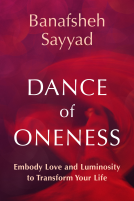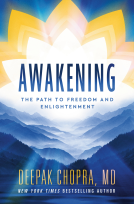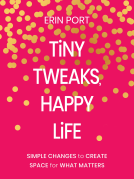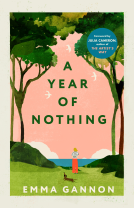
Conquering the Chaos of Creativity
A Complete Guide to Creative Problem-Solving for Everyone
by Doug Patton
This title was previously available on NetGalley and is now archived.
Send NetGalley books directly to your Kindle or Kindle app
1
To read on a Kindle or Kindle app, please add kindle@netgalley.com as an approved email address to receive files in your Amazon account. Click here for step-by-step instructions.
2
Also find your Kindle email address within your Amazon account, and enter it here.
Pub Date Jan 19 2021 | Archive Date Jan 31 2021
Talking about this book? Use #ConqueringtheChaosofCreativity #NetGalley. More hashtag tips!
Description
“Problems are positive” says prolific inventor Doug Patton, who shares a new way to look at creative problem-solving in his latest invention. The book is a creative toolbox and he invites readers to break out of stasis and wake up to their full creative potential. He teaches skills readers can use to develop a personalized problem-solving method that can be accessed on command. It’s the ultimate guide for brave, confident innovating. The result of Patton’s decades of experience as an inventor, Conquering the Chaos of Creativity provides readers with the tools they need to unlock imagination, achieve clarity, and free the mind. The book’s unique structure allows readers to empower themselves by constructing a personal problem-solving plan. It provides expert advice readers can use to overcome mental blocks, break down problems, and unfurl their potential.
Bio:
Doug Patton, CEO of Patton Design, is an esteemed industrial designer who was featured on Simon Cowell’s American Inventor. He has created over 300 products in 20 international market categories and has received over 150 patents and international design awards. Doug frequently works with companies like Apple, Microsoft, Disney, IBM, and Mercedes-Benz. It is his personal mission to inspire others to live more authentic lives by sharing his unique creative problem-solving process.
A Note From the Publisher
Author is available for interviews, blog tours, autographed tours, autographed book giveaways, contests, and book club discussions.
Available Editions
| EDITION | Paperback |
| ISBN | 9781736081105 |
| PRICE | $29.99 (USD) |
Average rating from 5 members
Readers who liked this book also liked:
Banafsheh Sayyad
Health, Mind & Body, Multicultural Interest, Religion & Spirituality
Kala Montena
Business, Leadership, Finance, Computers & Technology, Science
Zach Brittle, LMHC; Laura Heck, LMFT
Parenting & Families, Self-Help
Katie-Jane Wright
Health, Mind & Body, Nonfiction (Adult), Religion & Spirituality


















